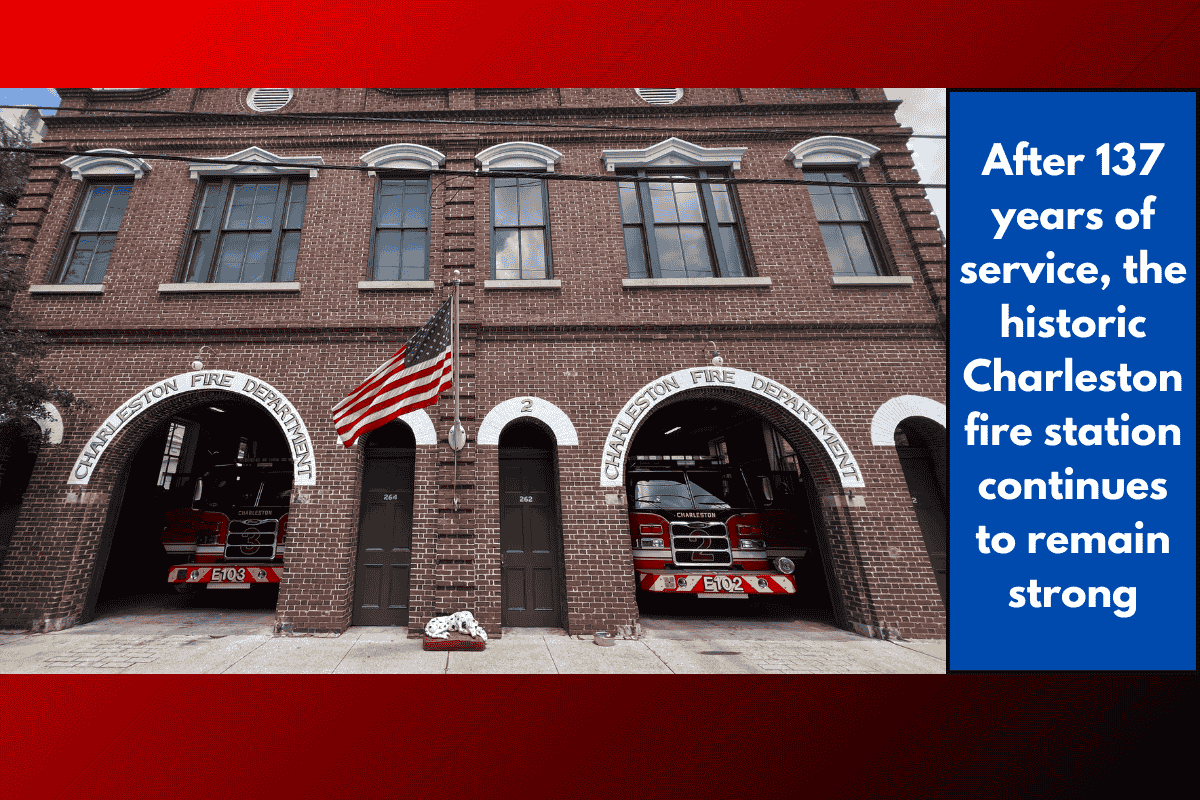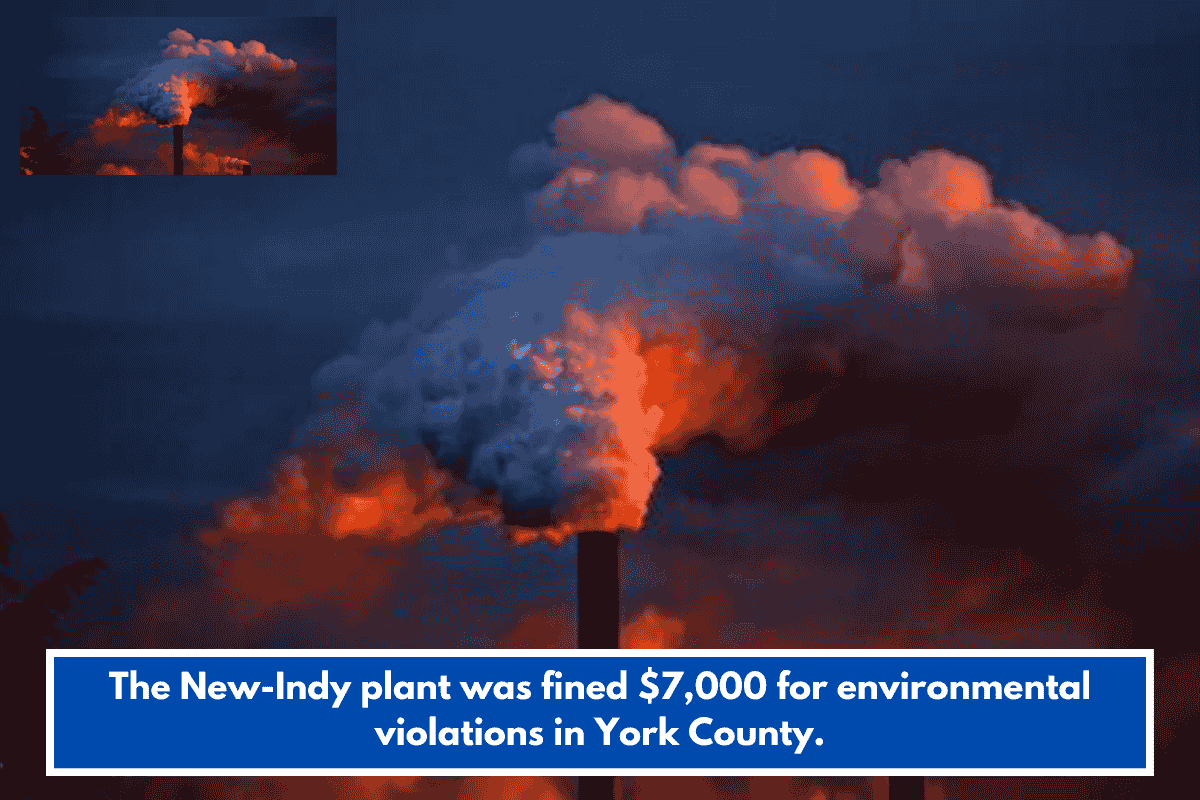Tucked away in the heart of downtown Charleston stands one of the city’s most iconic landmarks: the Charleston Fire Department Station 2/3, also known as Central Station. Built in 1887, this historic firehouse has not only been an active part of Charleston’s emergency response system for over 135 years but also a symbol of the city’s resilience through disaster.
Charleston’s Early Struggles with Fire
Charleston’s fight with fire dates back to the late 1600s. In 1698, a devastating fire ravaged Charles Town, prompting the creation of the city’s first firefighting systems, including a night watch, mandatory chimney construction, and a tax-funded firefighting equipment program. Despite these measures, the city faced repeated fires in 1700, 1740, and the 1770s. By the 19th century, volunteer fire companies were established, where property owners could buy memberships for firefighting services. By 1870, more than 1,600 volunteer firefighters were active, protecting the city from ongoing threats.
The Aftermath of the 1861 Fire and the Birth of Paid Firefighting
The city experienced another catastrophic fire in 1861, which destroyed over 500 homes and many businesses. This loss led to the installation of fire alarm boxes and the creation of Charleston’s first paid fire department in 1882.
The Earthquake that Shaped Central Station
Central Station’s history is deeply tied to the aftermath of the 1886 Charleston earthquake. The disaster, which shook the eastern U.S., caused fires to break out throughout the city and rendered the existing fire alarm system inoperable. The city’s leaders responded by prioritizing the construction of new firehouses at strategic locations, including Central Station. Built at Meeting and Wentworth Streets, these firehouses were completed for a cost of $28,000—significant for the time.
Designed to Last: An Italian Renaissance Revival Masterpiece
Architect Daniel G. Wayne designed Central Station in the Italian Renaissance Revival style, which is noted for its arched brickwork and an L-shaped design. The station was built to be functional and resilient, housing four horse-drawn steam fire engines when it opened—an innovation for the era. In 1900, a 70-foot fire tower was added for training and lookout purposes, though it stood for only about 35 years.
The Historic Artesian Well
An intriguing feature of Central Station is its connection to one of Charleston’s few 19th-century artesian wells. The well was a massive undertaking, taking three attempts, three decades, and $150,000 to complete. Once successful, the well provided drinkable water, serving as an essential resource before being converted into a public park. It stands today as a historical reminder of the city’s long-standing dedication to infrastructure and safety.
Still Protecting Charleston: The Modern-Day Station
Today, Central Station continues to serve Charleston, housing Engines 102 and 103. This station is unique in its operations as a dual-engine house, with separate teams covering different districts. Engine 2 covers the area south of Wentworth Street, while Engine 3 handles the area to the north. In addition to fire suppression, Central Station is home to a specialized marine team operating fire suppression boats, Marine 101 and Boat 102, for water rescues. It also houses the department’s medical division, special operations, and communications teams.
Looking Ahead: Renovations and Continued Service
As Charleston continues to grow, Central Station remains a cornerstone of the city’s emergency services. The Charleston Fire Department has plans for renovations to the station in the near future, ensuring that this vital piece of history will continue to serve the community for years to come.
Central Station is more than just a firehouse; it is a living piece of Charleston’s history, standing as a testament to the city’s resilience, innovation, and commitment to safety.














